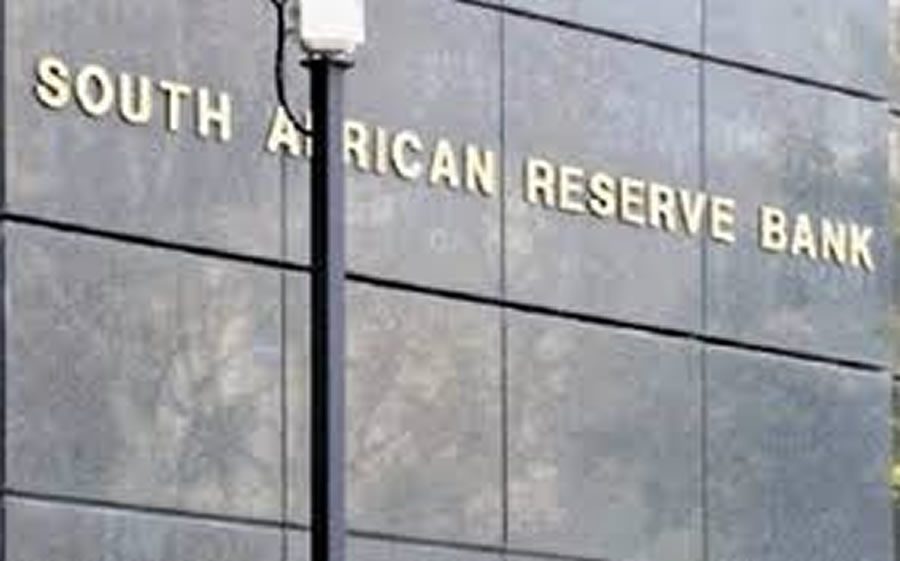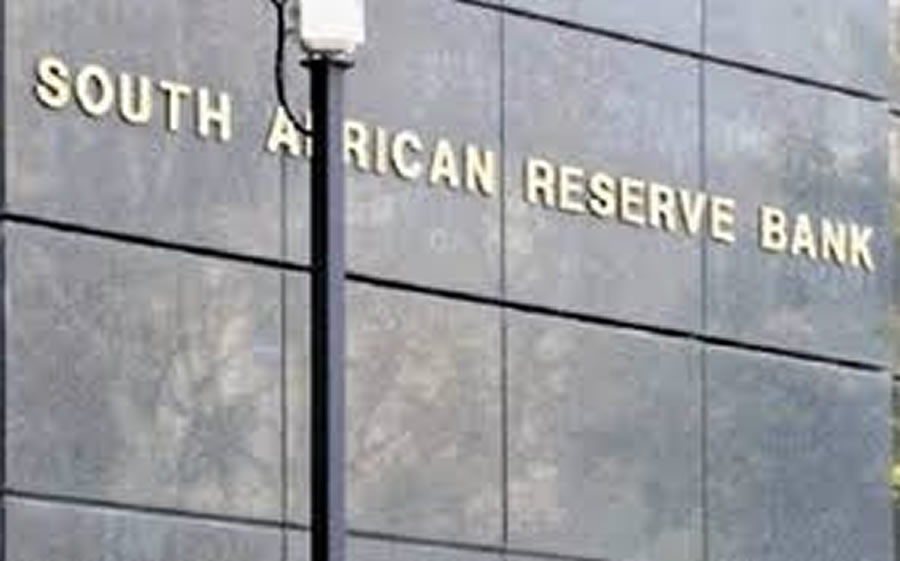
South African Reserve Bank Keeps Repo Rate Unchanged
PRETORIA – The repo rate will remain unchanged at 7%, Reserve Bank Governor Lesetja Kganyago said on Tuesday. “The Monetary Policy Committee (MPC) has unanimously decided to keep the repurchase rate unchanged at 7% per annum,” said the Governor. South Africans can expect food price inflation to decline following good rain falls in parts of the […]

PRETORIA – The repo rate will remain unchanged at 7%, Reserve Bank Governor Lesetja Kganyago said on Tuesday.
“The Monetary Policy Committee (MPC) has unanimously decided to keep the repurchase rate unchanged at 7% per annum,” said the Governor.
South Africans can expect food price inflation to decline following good rain falls in parts of the country, but meat prices will likely remain relatively high as farmers restock their herds. A further increase in petrol prices is expected in February.
In announcing the decision, Kganyago said the MPC remains focused on the medium- to longer-term inflation outlook, but that the deterioration of the shorter-term outlook requires increased vigilance.
“The MPC remains concerned that the longer-term inflation trajectory continues to be uncomfortably close to the upper end of the target range. The committee retains the view that we may be near the end of the hiking cycle.
“However, should second-round effects emerge that undermine the longer-term inflation outlook, there may be a reassessment of this view,” said the Governor.
The central bank took note that year-on-year inflation rate, as measured by the consumer price index (CPI), came in at 6.8% in December, which was a “surprising” number up from 6.6 % in November.
The December outcome surprised on the upside relative to the bank’s forecast and the market consensus expectation of 6.5%.
The MPC said its inflation forecast has deteriorated since its previous meeting in November.
At its first meeting of the year, the bank said headline inflation is now expected to only return to within the target range during the final quarter of 2017, and to average 6.2% for the year, compared with 5.8% in the previous forecast.
The forecast for 2018 is more or less unchanged at an average of 5.5%.
“The peak of the forecast remains at 6.6%, which was recorded in the final quarter of 2016, and this level is now expected to persist in the first quarter of 2017. This deterioration is mainly due to changed assumptions regarding international oil prices, the domestic fuel prices and the outlook for food prices, which more than offset the more favourable exchange rate assumption,” Kganyago said.
The bank said the global economic outlook remains uncertain despite increased optimism regarding US growth following the US presidential elections. The outlook for emerging markets is also unclear.
Meanwhile, the rand has shown resilience since the last meeting of the MPC, having traded in a relatively narrow range of between R14.22 and R13.46 against the US dollar.
The rand was positively impacted by the decisions of the ratings agencies not to downgrade the sovereign foreign credit rating to sub-investment grade, although this remains a risk in the coming months.
The domestic growth outlook remains weak and more or less unchanged since the previous meeting of the MPC.
The bank said it expects growth to average 0.4 % in 2016, although recent monthly data for the fourth quarter suggest that there may be a downside risk to this forecast.
The forecast for 2017 has been revised down marginally to 1.1% (from 1.2% per), and remains unchanged at 1.6 % for 2018. – SAnews.gov.za
You can access the full MPC Statement on: https://t.co/7l6Do6UTay pic.twitter.com/XIgGdEkXwC
— SA Reserve Bank (@SAReserveBank) January 24, 2017
The MPC has kept the repo rate unchanged #RepoRate @KganyagoLesetja pic.twitter.com/siumx6xC4A
— SA Reserve Bank (@SAReserveBank) January 24, 2017
A further increase in petrol prices expected in Feb #RepoRate @KganyagoLesetja pic.twitter.com/zxUuliHHBQ
— SA Reserve Bank (@SAReserveBank) January 24, 2017